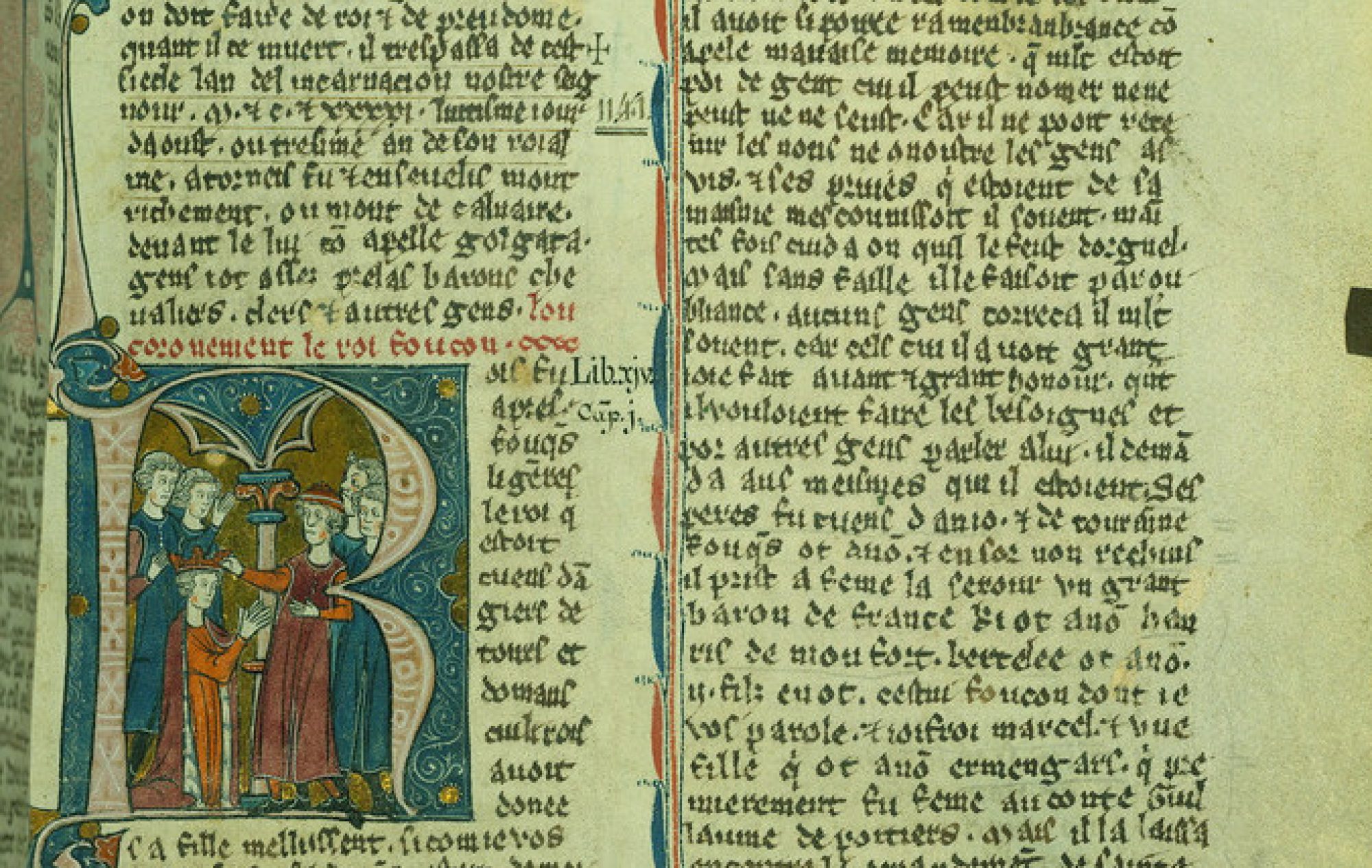While the geography throughout the letter of Prester John is real, it is also completely unrealistic. Many of the references throughout the text allude to mythical places. For instance, there are no concrete locations; people have been speculating as to where the letter actually takes place since it was first read. To begin, there is a reference to the three Indies, which, contrary to popular belief were not all part of India. Two of the three so-called “Indies” are indeed in India, but the third one is believed to be in Ethiopia.1 The Indies are only mentioned once in the letter, but they do provide context as to where the elusive Prester John may have been.
In researching the potential locations of Prester John, many different places appeared in a cursory Google search. First, he was believed by explorers, and letter-receivers to be in central Asia, but explorations there came up empty. Some of the explorers included: Giovanni da Pian del Carpini (Franciscan Friar – Italy), Giovanni da Montecorvino (Franciscan Missionary – Italy), Jordanus Catalani de Severac (Catalan/France) and Marco Polo (Italy).2 Each of these men travelled the Eastern hemisphere, looking for the elusive Prester John. After the failed search in central Asia, the Christian kingdoms of Georgia or Armenia seemed to be other possible locations.3 Explorers were simply looking for any locations which may have partially fit with some parts of the geography of the letter.

Once again, the searches delivered no results. Following that, Prester John became associated with Genghis Khan based on the Mongol defeat of the Muslim Persians. That notion was quickly dropped after Genghis Khan/Mongol devastations stretched as far as eastern Europe. This then grew into the idea that perhaps the Great Khan had defeated Prester John.4 Next came the notion that Prester John was situated in India. This seemed correct as the author mentions the Indus river, a river which flows through a northern corner of India. This seemed a loose fit with the geography mentioned in the letter. Of course, when the explorers (as mentioned above) went in search of Prester John, he once again could not be located. Prester John’s “final resting place” appears to be in Africa.5 Jordanus Catalani de Severac is credited with the idea that Prester John may perhaps reside in Africa. Specifically, he indicated that Prester John was residing in Ethiopia, which, at that time, was all of sub-Saharan Africa.6

One final interesting point is the mention of the Twelve Tribes of Isreal. This actually the way Canaan was divided and named after Jacob’s sons or grandsons (from the Bible). They were named: Asher, Dan, Ephriam, Gad, Issachar, Manasseh, Naphtali, Reuben, Simeon, and Zebulun.7 This is noteworthy, as it demonstrates the Christian roots of Prester John, and additionally gives researcher’s additional geographical information to work off of.
Below, you can see a map of the twelve tribes, followed by a modern map, with the location of those tribes circled.8
After all this, the question remained: why do we care? Why do we need to research where the letter took place?
It is quite interesting to note that the letter actually had quite a few major consequences. First, the letter sheds light on mass European exploration. In the mad dash to try and find Prester John, explorers from Italy, France, Portugal and a variety of other countries raced around the Eastern Hemisphere. This increased knowledge of the world, as well as fulfilling the need to search for Prester John. This letter had a widespread impact, having involved many different countries, and the explorers from each travelled widely. Moreover, it is interesting to note one of the major consequences that “the role the search for [Prester John] played in European explorations of Asia and Africa which led ultimately to the building of world empires.”9
- Andrew Kurt, “The Search for Prester John, a Projected Crusade and the Eroding Prestige of Ethiopian Kings, c .1200– c .1540.” Journal of Medieval History, 2013, 297-320, doi:10.1080/03044181.2013.789978, 300.
- Kurt, “The Search for Prester John”, 317.
- Ibid.
- Ibid.
- Ibid.
- Ibid.
- F.W.C Neser, The “Lost” Ten Tribes of Israel, (Jotha Printers, 1960), 26.
- The Bible Journey | Powered by Edit.com, “Canaan Is Divided among the Twelve Tribes,” http://www.thebiblejourney.org/biblejourney2/27-the-israelites-move-into-canaan/canaan-is-divided-among-the-twelve-tribes.; “Map Sampler,” Sar-El Tours & Conferences, June 02, 2014, https://sareltours.com/map-sampler/.
- Kurt, “The Search for Prester John”, 297.
- “Atlas of Georgia.” Atlas of Georgia – Wikimedia Commons. https://commons.wikimedia.org/wiki/Atlas_of_Georgia
- Abraham Ortelius, Prester John, 1573. https://digital.library.cornell.edu/catalog/ss:19343154
